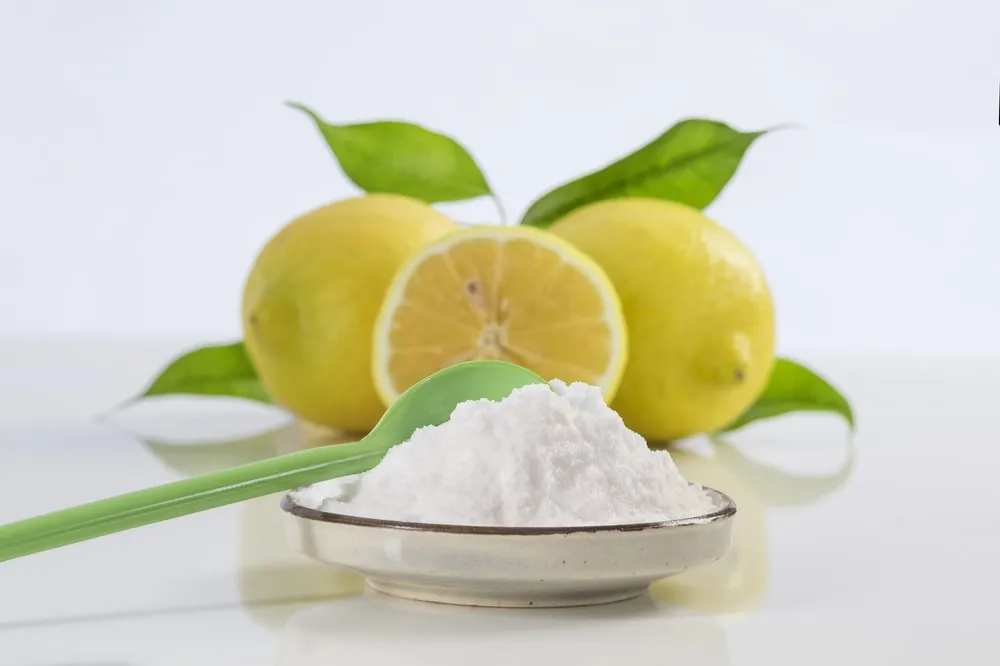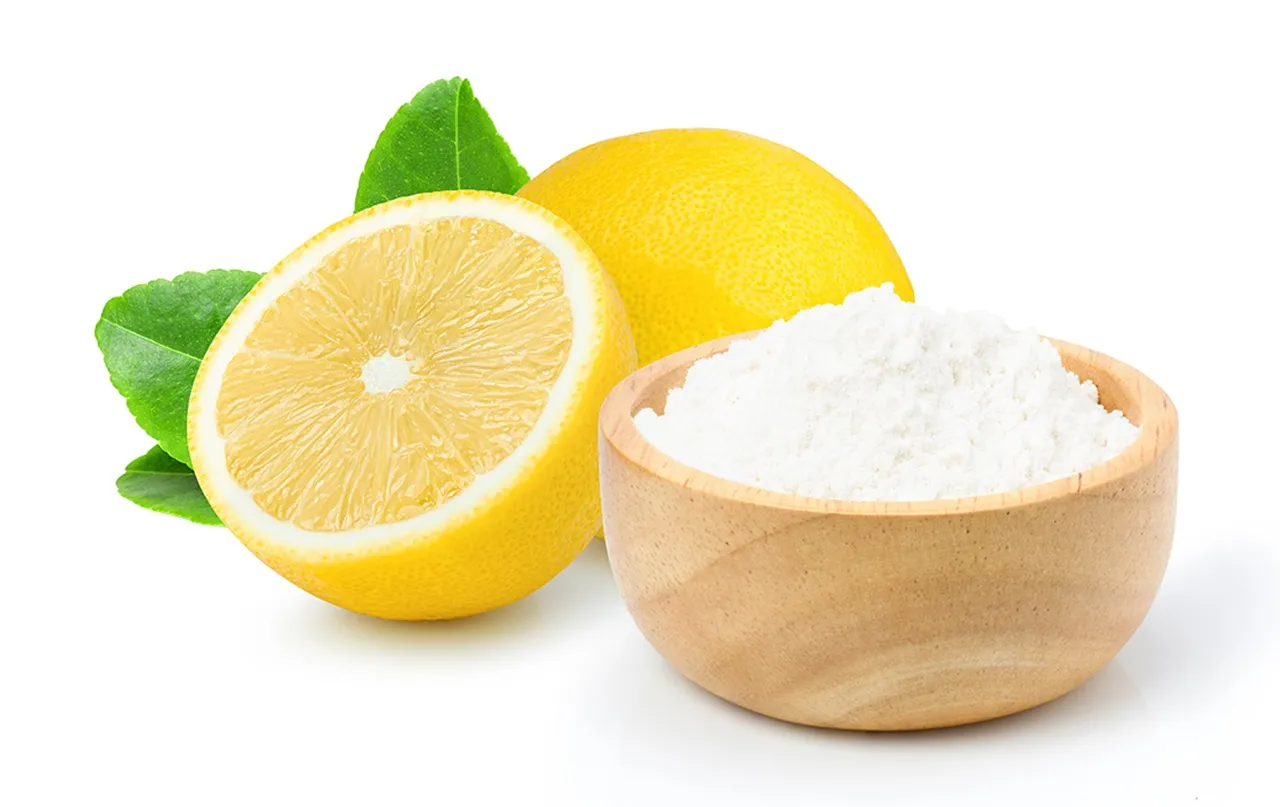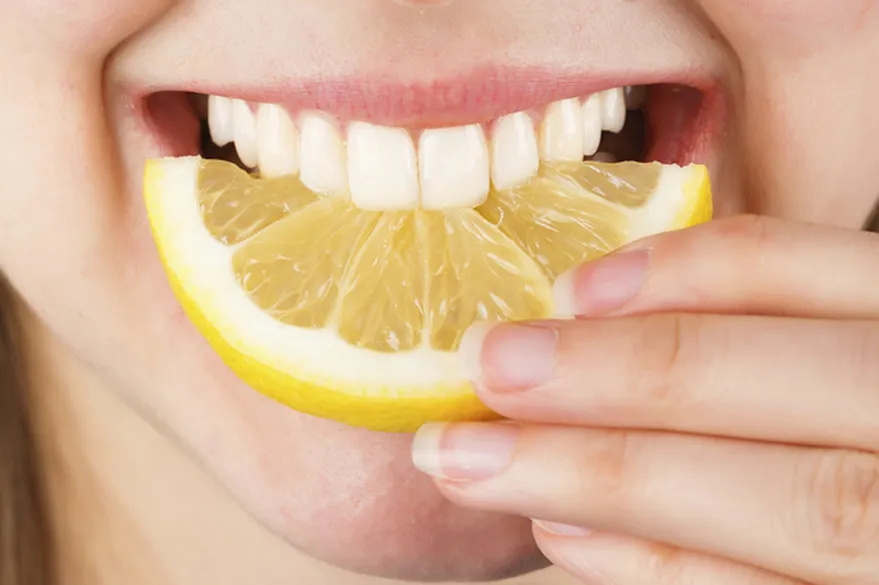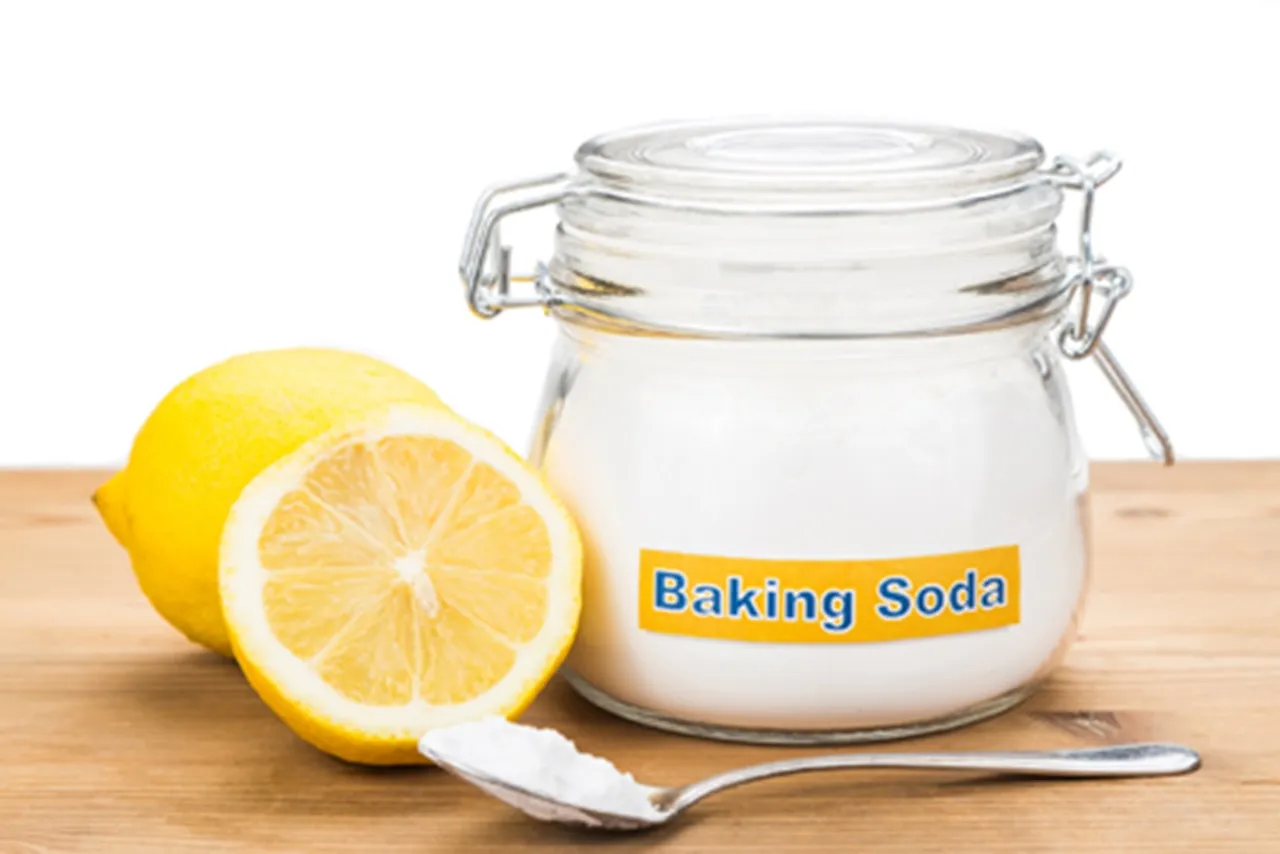What Makes Baking Soda & Lemon Effective
The combination of baking soda and lemon has gained popularity as a home remedy for teeth whitening. But how does this dynamic duo actually work? The effectiveness of this method hinges on the properties of each ingredient. Baking soda, a mild abrasive, helps to scrub away surface stains, while lemon, with its citric acid, acts as a natural bleaching agent. However, it’s crucial to understand the science behind these ingredients to use them safely and effectively for achieving a brighter smile. This approach should be used with caution and understanding to avoid potential harm to your dental health. Always prioritize safety and consider consulting with a dentist before incorporating any new teeth whitening methods into your oral care routine.
The Science Behind Teeth Whitening
Understanding the science of teeth whitening involves knowing how stains form and how ingredients like baking soda and lemon tackle them. Tooth discoloration can arise from various factors, including the consumption of staining foods and drinks like coffee, tea, and wine. Smoking and certain medications can also contribute to stains. Teeth whitening agents typically work by either removing surface stains or penetrating the enamel to break down deeper stains. Baking soda primarily acts as a gentle abrasive, physically removing surface stains. Lemon, on the other hand, contains citric acid, which can help to bleach the teeth. While the science sounds promising, it’s important to balance it with the potential risks and follow best practices to protect your teeth. Seek professional dental advice to ensure this is the right solution for you.
How Lemon Helps

Lemon juice contains citric acid, a natural bleaching agent that can help lighten tooth enamel. Citric acid works by breaking down the molecules that cause stains on your teeth. The acidic nature of lemon helps to dissolve these stains, potentially revealing a brighter surface. However, the strong acidity of lemon juice is also a double-edged sword. While it can remove stains, it can also erode tooth enamel over time if used excessively or without proper precautions. It’s very important to understand the risks involved. The use of lemon for teeth whitening requires careful consideration, proper dilution, and limited application to avoid potential harm to your teeth’s protective layer. If you are not certain you should consult with your dentist.
How Baking Soda Helps
Baking soda, or sodium bicarbonate, acts as a mild abrasive to remove surface stains from your teeth. This gentle scrubbing action helps to polish the enamel, making your teeth appear whiter. Baking soda also has mild antibacterial properties, which can contribute to overall oral hygiene. Unlike harsh chemical whiteners, baking soda is less likely to cause sensitivity when used in moderation. The abrasive quality of baking soda helps to lift away stains from coffee, tea, and other staining agents. However, excessive scrubbing or using baking soda too frequently can also wear down enamel, so it’s important to use it carefully. When using baking soda make sure you are brushing gently. Always be mindful of the potential for enamel erosion, and consult a dentist if you have any concerns about your teeth.
Proper Application Techniques
To maximize the benefits and minimize the risks of using baking soda and lemon for teeth whitening, proper application techniques are crucial. Preparing the mixture correctly, applying it gently, and adhering to a strict frequency are key to achieving desired results without damaging your teeth. Following these guidelines will help you get the most out of this home remedy while safeguarding your oral health. Before starting any whitening process it is always best to consult with your dentist to ensure the best approach and to find out whether this is the right solution for you.
Creating the Paste

To create the teeth-whitening paste, combine baking soda and lemon juice in the correct proportions. Start with a small amount of baking soda, typically about one teaspoon, and add just enough fresh lemon juice to form a paste. The consistency should be thick enough to stay on your teeth but not too abrasive. Avoid using too much lemon juice, as this can increase the acidity and potential for enamel erosion. It’s advisable to prepare the paste fresh each time and to avoid storing the mixture, as its effectiveness can diminish over time. Before applying the paste, make sure your teeth are clean and dry. Then you can proceed to the next step.
Application Process Step-by-Step
Once you have prepared your paste, it’s time to apply it to your teeth. Use a soft-bristled toothbrush to gently apply the paste to your teeth, covering all surfaces. Brush in small, circular motions for no more than two minutes. Avoid scrubbing too hard, as this can damage your enamel. After brushing, thoroughly rinse your mouth with water to remove all traces of the paste. Ensure you don’t swallow any of the mixture. This will prevent any negative reaction to the ingredients. You can also rinse your mouth with a fluoride mouthwash to remineralize your teeth and protect them from the effects of the acid. After completing the process, carefully evaluate your teeth and monitor for sensitivity or any other adverse reactions.
Timing and Frequency
The frequency of using baking soda and lemon for teeth whitening is critical to preventing enamel erosion. Experts recommend using this method no more than once or twice a week. Frequent use can lead to excessive wear on your enamel, increasing sensitivity and the risk of dental problems. Always listen to your teeth and discontinue use if you experience any discomfort or increased sensitivity. Make sure to spread out your treatments and ensure you are brushing gently. Remember, moderation is key when using this home remedy. It is also advisable to alternate this treatment with your regular oral hygiene routine. After using this method it is best to use a toothpaste that remineralizes your teeth.
Potential Risks and Side Effects

While baking soda and lemon can whiten teeth, it’s essential to be aware of the potential risks and side effects. Overuse or improper application can lead to a number of dental issues, including increased tooth sensitivity and enamel erosion. Understanding these risks is critical to making informed decisions about your oral care routine and to avoid any harm to your dental health. If you experience any adverse effects, it is important to discontinue use immediately and consult with a dentist. Always prioritize the health and integrity of your teeth.
Sensitivity and Irritation
One of the most common side effects of using baking soda and lemon for teeth whitening is increased tooth sensitivity. The abrasive nature of baking soda and the acidity of lemon can erode the enamel, exposing the underlying dentin, which contains nerve endings. This can result in sensitivity to hot or cold foods and drinks. If you experience sensitivity, discontinue use immediately and consult with your dentist. Using toothpaste designed for sensitive teeth can also help. If sensitivity persists, there may be other dental problems. It is best to discuss these issues with a dentist to ensure you are taking the best course of action to protect your oral health. Remember that patience and moderation are key to avoiding these side effects.
Enamel Erosion
Enamel erosion is another serious risk associated with using baking soda and lemon for teeth whitening. Enamel is the hard, protective outer layer of your teeth. The citric acid in lemon is highly acidic and can gradually wear down the enamel, making your teeth more vulnerable to decay and sensitivity. The abrasive action of baking soda can also contribute to this erosion, especially if used too frequently or with excessive force. Once enamel is eroded, it does not grow back. This makes protecting your enamel very important for long-term dental health. Therefore, it is essential to use this method sparingly and to be mindful of any signs of enamel erosion, such as increased sensitivity or a change in the appearance of your teeth. Consult a dentist for advice and any necessary treatment.
Alternatives and Precautions

If you are concerned about the risks of using baking soda and lemon for teeth whitening, or if you experience any adverse effects, there are alternative methods you can consider. These options offer safer, more predictable results. Precautions are also important to ensure that you protect your enamel while pursuing a brighter smile. It is crucial to consult with your dentist to determine which methods are best suited for your dental health and to learn about the proper ways of implementing these methods to prevent any negative consequences.
When to Consult a Dentist
It’s essential to consult with a dentist before trying any teeth whitening method, especially those using acidic substances like lemon. A dentist can assess the health of your teeth and gums, recommend the best whitening options for your specific needs, and provide professional guidance. If you experience increased tooth sensitivity, gum irritation, or notice any changes in the appearance of your teeth, you should consult a dentist immediately. Regular dental check-ups are essential for monitoring your oral health and addressing any issues promptly. Your dentist can also offer professional teeth whitening treatments that are both safe and effective. Do not hesitate to seek professional help when trying new whitening treatments.
